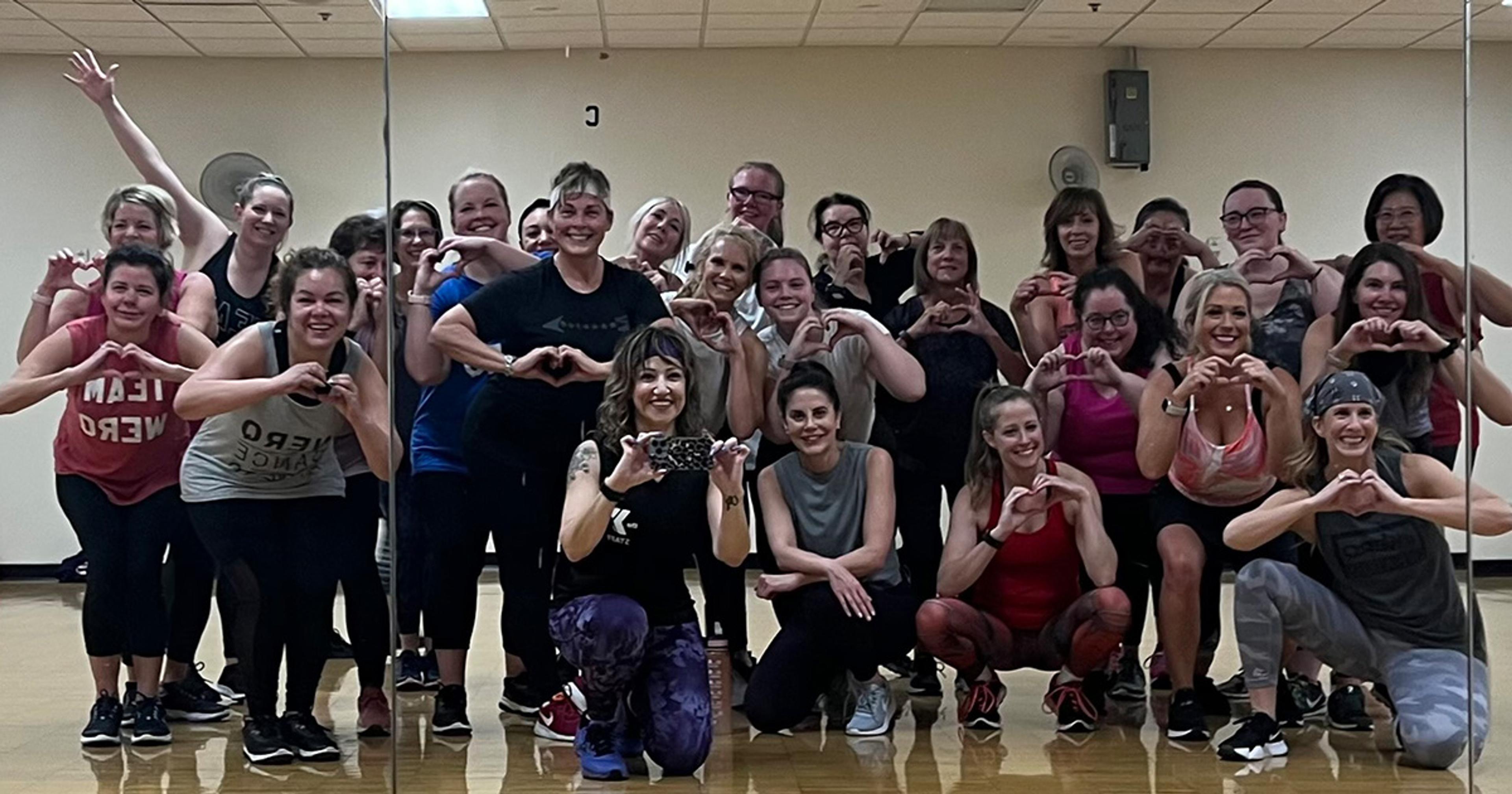4 Non-Traditional Ab Workouts

Kyle Hall
| 2 min read

One of the most sought after looks are tight, ripped abs. There are potentially hundreds of exercises that attack the abs directly. But what if you want a little bang for your buck? Meaning, what exercises can you do that will work your core and other muscle groups at the same time? Here are four exercises that indirectly work your core.
- Alternating dumbbell curls: this exercise would be performed by alternating between your left and right arm while curling a dumbbell. When you alternating arms, you body is forcing itself to stay balanced. This movement activates your core to keep your body stabilized.
- One arm dumbbell press: this exercise pretty much uses the same idea as the alternating dumbbell curls. When you are doing this movement with one arm, your core is activated to keep you stabilized.
- Windmill squat: This movement incorporates the squat with a twisting movement that brings the core into play. This exercise can be done without any weight.
- Floor L-sit: This is probably one of the more difficult exercises to perform. You use your hands to push your body up off of the ground and extend your legs forward, making an “L” shape overall. This stance not only works out you arms but it activates the core.
What are some other non-traditional ways to workout your core? Share your tips in the comments below!
Photo credit: Steven Leggett





